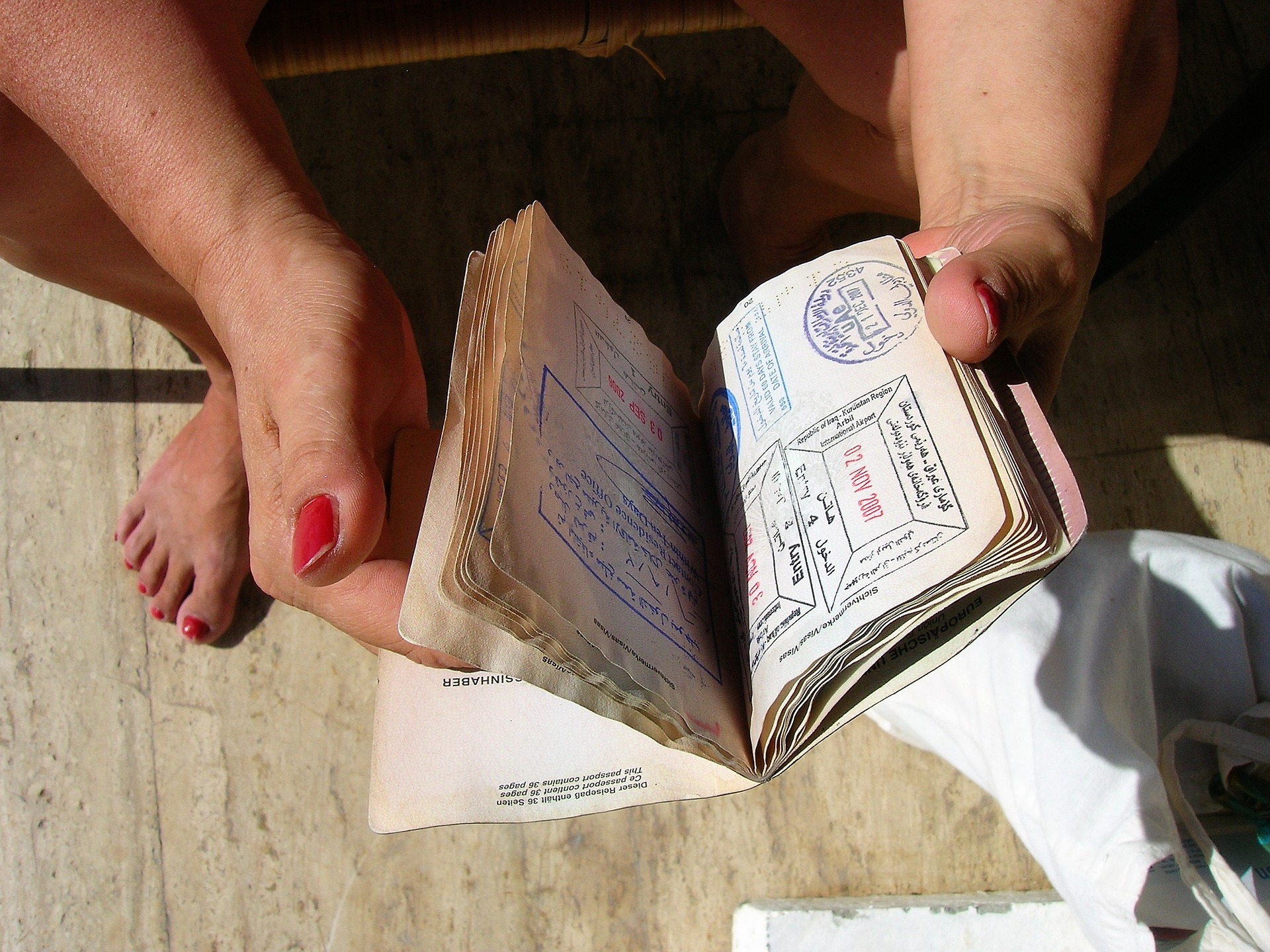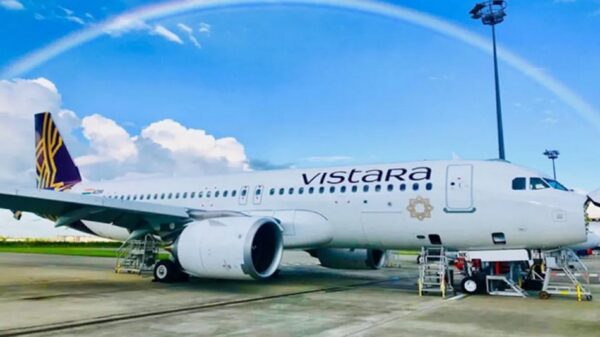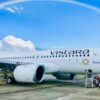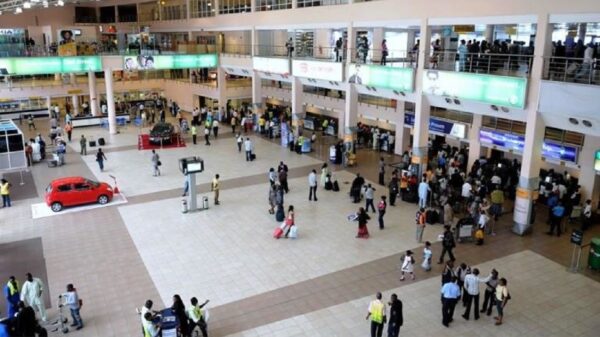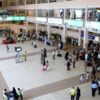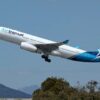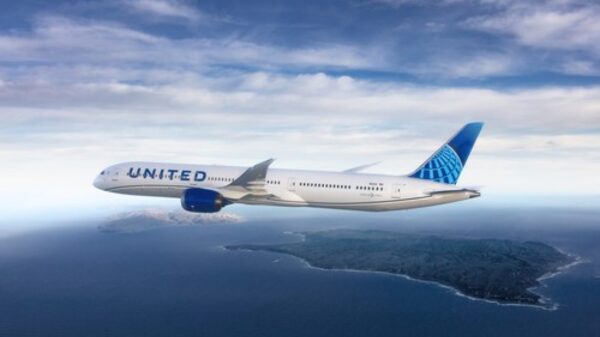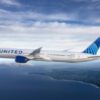Airline crew members are well-versed in international travel and the use of passports. However, a typical query arises: are their passports stamped when they fly internationally? Let’s discuss and delve into the specifics of crew documentation for international flights.
For crew members, a valid passport is required for their job. Whether pilots or flight attendants, having passport stamps that allow unrestricted travel to all the countries the airline serves is essential.
Even if crew members don’t intend to fly international routes, they must still comply with their airline’s policies regarding travel eligibility. While this may not be an issue for pilots from the airline’s home country, foreign pilots may face restrictions when applying to work for airlines in certain countries.
The Crew Members Always Carry Passports, But Stamps Are Uncommon.
Pilots and flight attendants always carry their passports, whether they fly internationally or not. Airlines typically require crew members to keep their passports while on duty. It is because reassignments can happen suddenly, and crew members may find themselves working a last-minute flight to a foreign country.
Reserve pilots and flight attendants, in particular, must be prepared to fly anywhere their airlines operate. Additionally, crew members often use their passports as their primary form of identification for expedited security screening.
Interestingly, it is uncommon for pilots and flight attendants to receive passport stamps when entering foreign countries. Instead, crew members usually go through dedicated employee arrival portals with expedited screening.
Major international airports transport them by bus to designated crew processing areas away from the general public. While passports must be presented, they are often not stamped. However, some crew members have requested and received passport stamps from immigration authorities, although it is not a mandatory procedure.
Passports Need Necessary Documents for Crossing Border
Apart from passports, another crucial document for the legal operation of international flights is the General Declaration Form (GenDec). The airline’s complete form includes information such as the aircraft, crew members, and number of passengers. At least two copies of the GenDec are prepared—one for the departure station and one to present upon arrival.
Sometimes, crew members accidentally arrive in a foreign country without their passports. While this can be a challenging situation, it is not insurmountable. In such cases, the crew member contacts their chief pilot’s office, which can provide copies of the necessary documents to authorities in the country in question.
Although it won’t lead to flight cancellations, the crew member must explain the situation to their supervisor upon returning home.
Conclusion
Crew members do possess passports, but passport stamps are not a common occurrence for them. The primary practical use of passports is for security clearance. Pilots or flight attendants generally have to travel to international destinations during their time if they wish to collect stamps on their passports.


